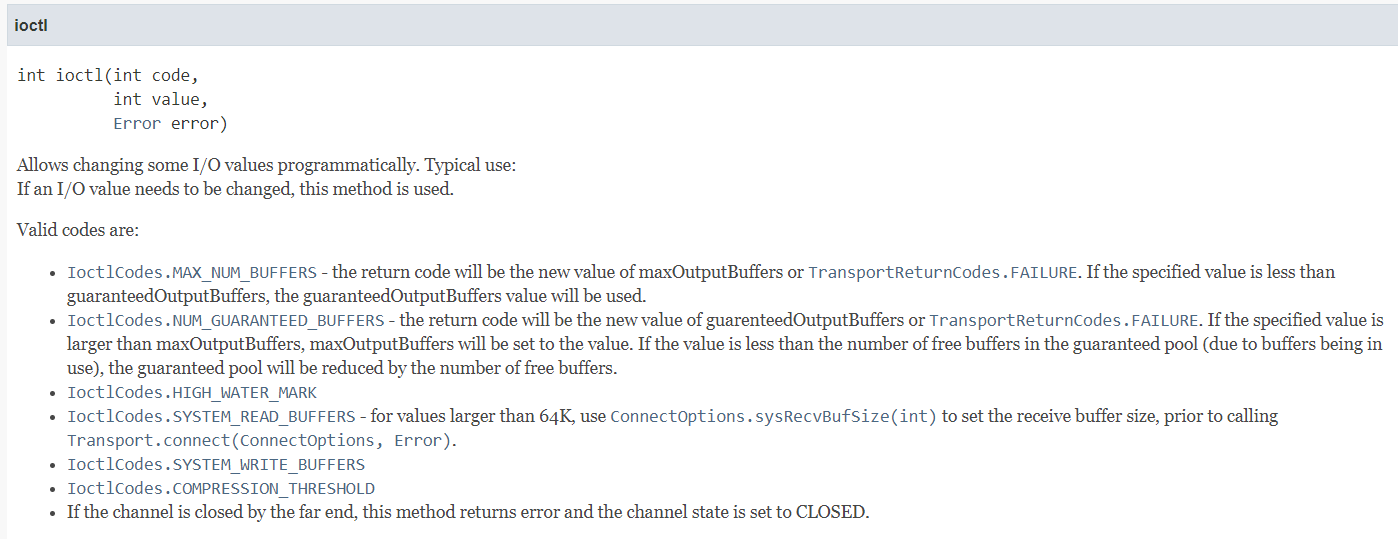Hi, my application is using the Java UPA API and requesting data from RWF. I have a large subscription list (~400k) and request data in batches of 2048. I have noticed that with such a large list of subscription, the subscription requests drop some symbols in random every time and end up subscribing to a lesser number of symbols. (~370k)
On Tweaking and increasing the buffer sizes, such as below :
guaranteedOutputBuffers(512);
sysSendBufSize(1024*1024*32);
sysRecvBufSize(1024*1024*32);
numInputBuffers(256);
the application reached a stable state where it does not drop requests.
Is there an optimal way to choose the buffer size so that it can handle future increase in subscription lists?




